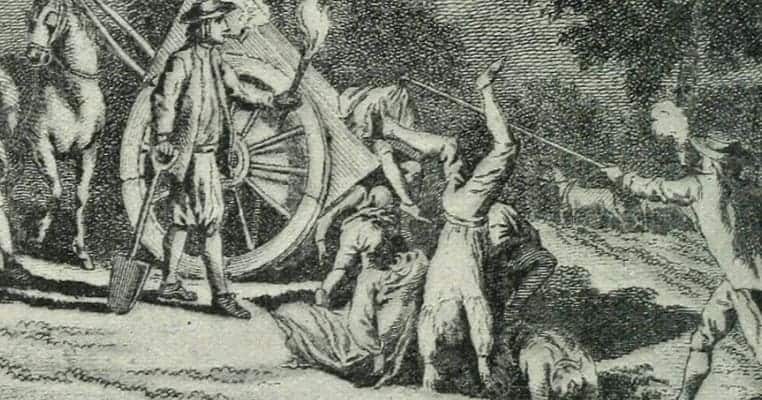Burial is a ritual that has long carried intensely religious meanings. In fact, anthropologists have determined that Neanderthals had at least some form of religion because they buried their dead ceremoniously. Today, the decision of whether or not to cremate someone’s remains is a hard decision that, for many, is loaded with spiritual and religious connotations. Some families still struggle with whether or not to donate their loved one’s organs, not because they are opposed to saving the lives of people in need of transplants but because of what the religious significance would be. The way that a culture treats its dead says a lot about its customs, traditions, and its religions.
Historically, the ritual of burial has gone through a lot of iterations across a vast number of cultures. Many had elaborate ceremonies and rituals for the wealthy or warriors who died in battle. Those who were royal in life tended to be treated as royal in death, too. Meanwhile, ordinary people were often just put into the ground.
Current knowledge of things like the spread of disease have led to burial practices that today may be more hygienic than those of our ancestors, but are no less bizarre or practical. Read on to find out some of the rather strange things that people have been known to do (or still do) with human bodies.

